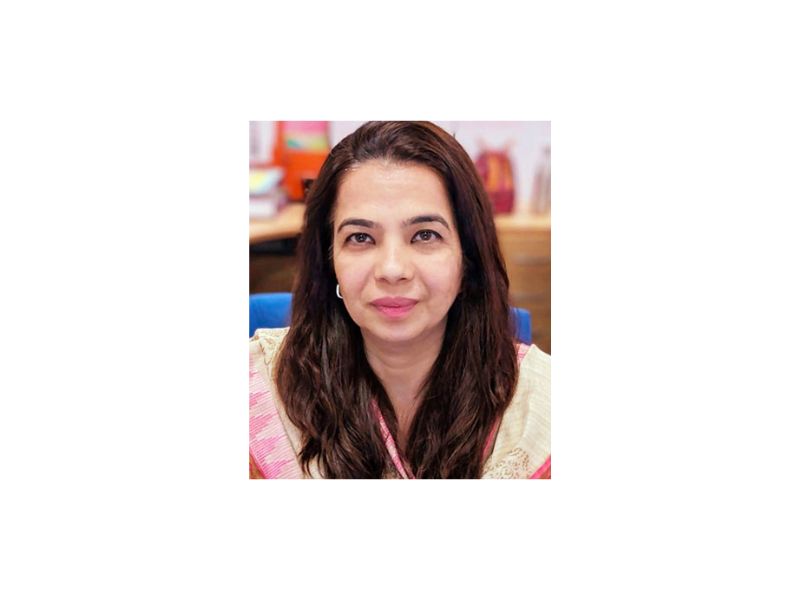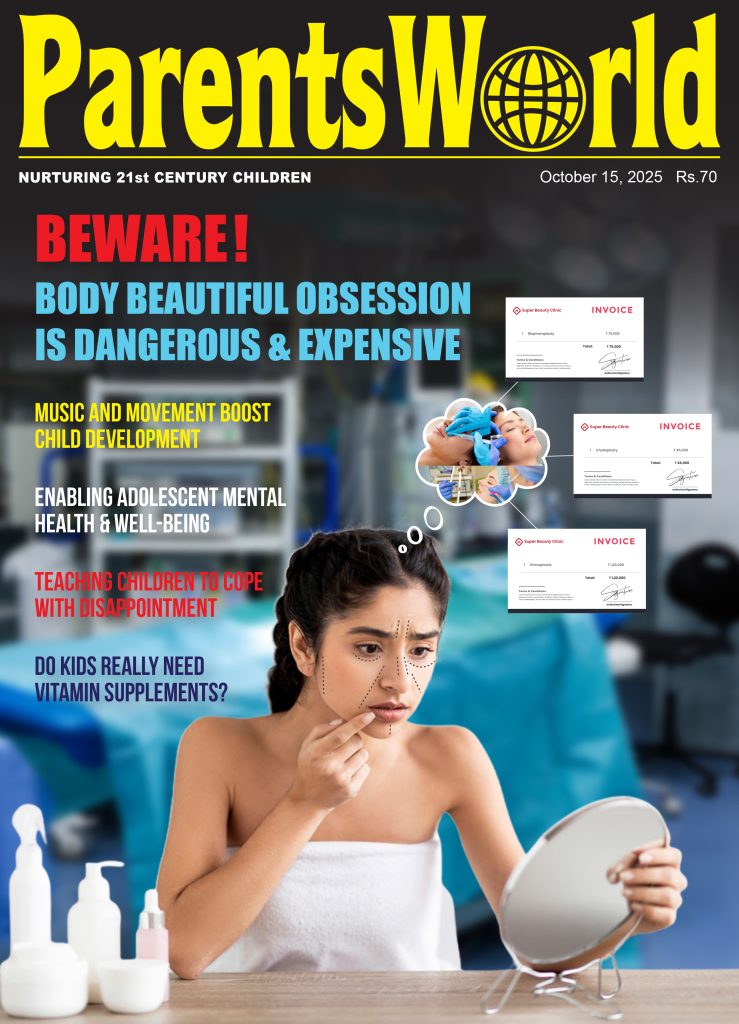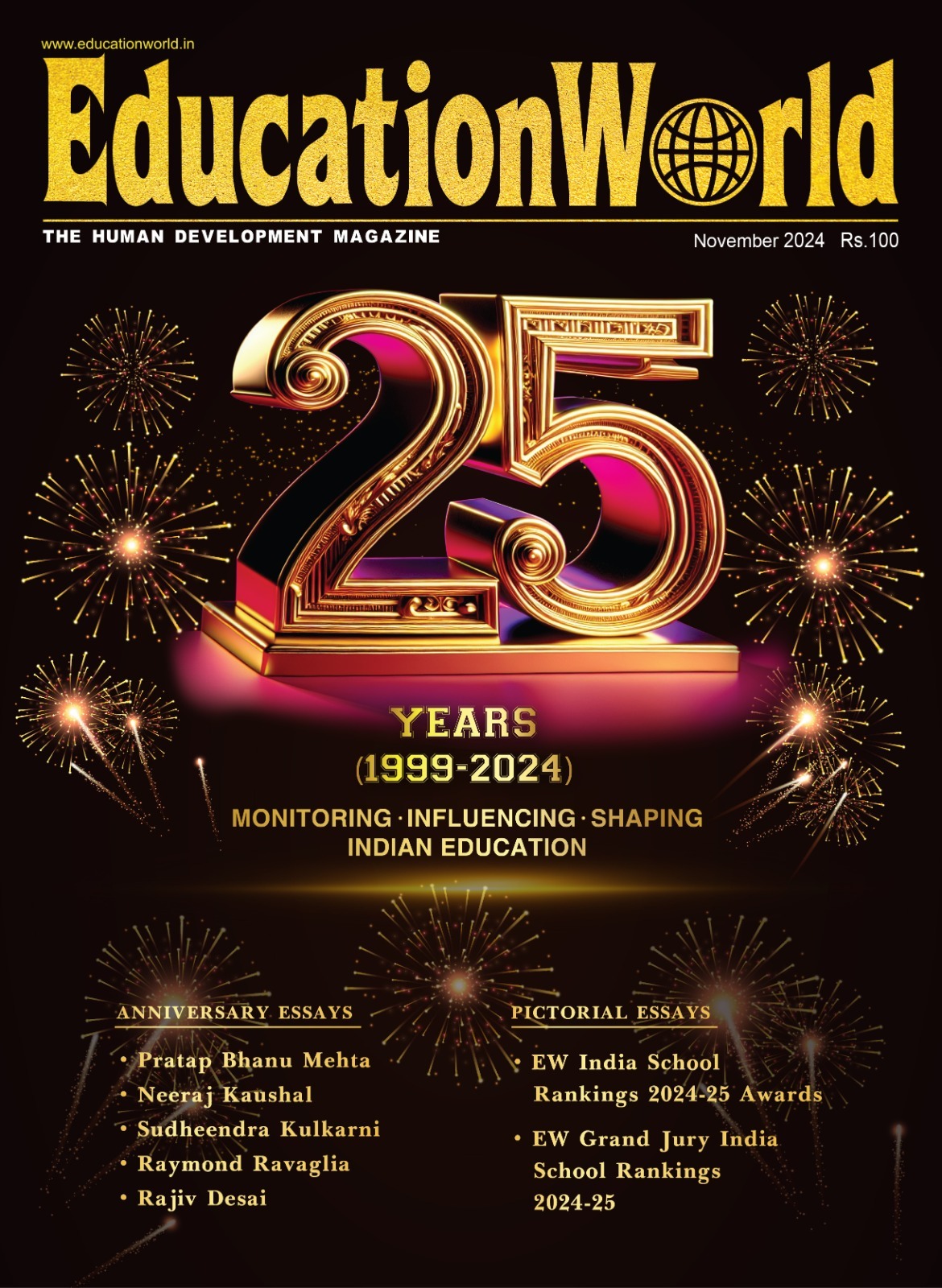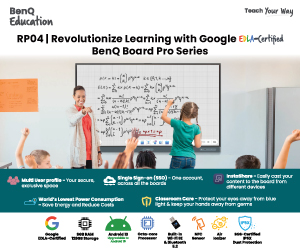The lasting impact of early learning
– Aanchal Vasandani, VP, Curriculum Development, VIBGYOR Group of Schools
The first years of a child’s life are rightly called the golden years. They form the bedrock on which future learning, behaviour, and wellbeing are built. Neuroscience shows that in the first five years, the brain creates over a million new neural connections every second—an unmatched pace in human life. These connections are strengthened through everyday experiences such as play, conversation, and positive adult interactions, shaping cognitive skills, emotional health, and resilience for later years.
Early experiences and relationships: Early childhood is marked by high brain plasticity, making it a unique window of opportunity. Positive stimulation—storytelling, singing, guided play—boosts language, problem-solving, and social skills. At the same time, relationships lie at the heart of early learning. Warm, responsive interactions—what psychologists term the “serve and return” pattern—help children build trust, empathy, self-control, and confidence. These qualities not only ease classroom adaptation but also lay the foundation for lifelong social and emotional wellbeing.
Risks and protections: Enriching experiences strengthen development, but prolonged stress without supportive relationships can disrupt it. Toxic stress—caused by adversity without stable care—can impair linguistic, cognitive, and socio-emotional growth. Yet nurturing environments, predictable routines, and timely interventions can buffer these effects and restore balance.
Long-term benefits of early investment: Research, including economist James Heckman’s landmark studies, shows that quality early interventions improve academic achievement, employment prospects, and social outcomes well into adulthood. The gains extend beyond academics to traits such as perseverance, adaptability, and teamwork. India’s National Education Policy (NEP 2020) echoes this evidence, highlighting foundational learning as essential to bridging future gaps.
What quality looks like: Access alone is not enough—the quality of early experiences is what makes the difference. High-quality programmes feature skilled educators, supportive environments, and continuity from home to school. A holistic curriculum, blending academics with arts, music, sport, and co-curricular activities, develops creativity, coordination, and social skills. Equity and inclusion are equally vital to ensure all children, regardless of background, can thrive.
Everyday practices that matter: Parents, caregivers, and teachers all play vital roles. Simple, consistent practices make lasting differences: reading aloud, encouraging free play, maintaining routines, and celebrating curiosity. Community initiatives such as reading corners and parent–child groups further amplify these benefits. In today’s digital era, technology too can enrich learning—if guided and purposeful—through interactive storytelling and creative tools, rather than passive screen time.
A shared responsibility: The early years are more than a beginning; they are a blueprint for lifelong learning. Children flourish when families, educators, and policymakers align efforts—parents through daily interactions, teachers through holistic and high-quality curricula, and policymakers through sustained investment.
Every story shared, question encouraged, and exploration supported creates a lasting foundation. By investing in these formative years, we not only unlock each child’s potential but also strengthen the future of society itself.
Also Read: Reigniting children’s love for reading in the digital age

















Add comment